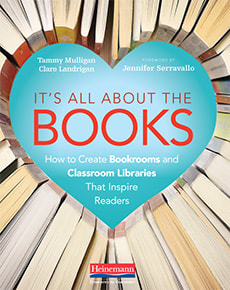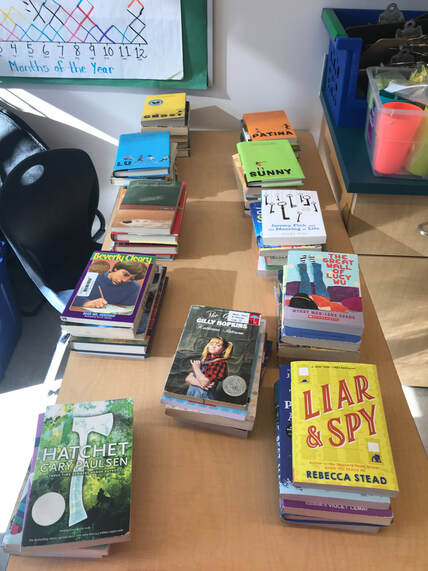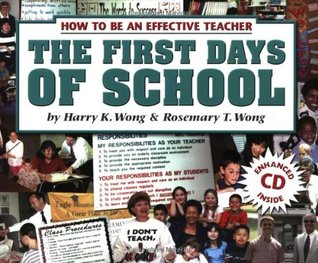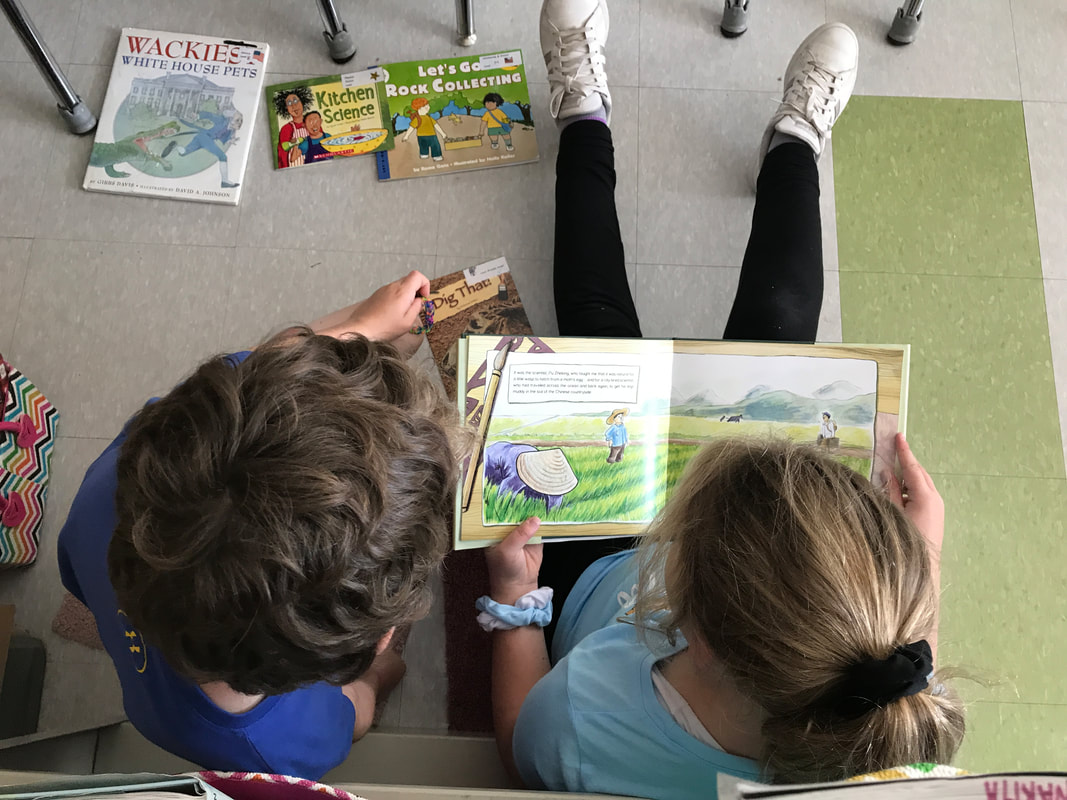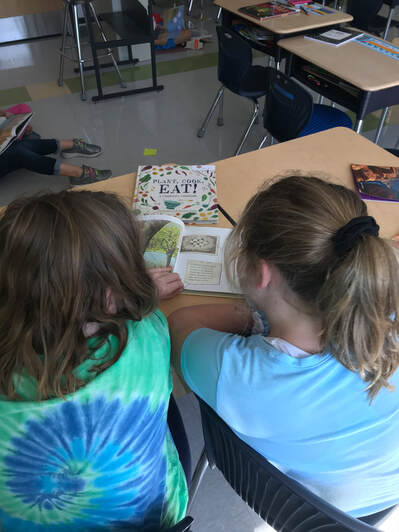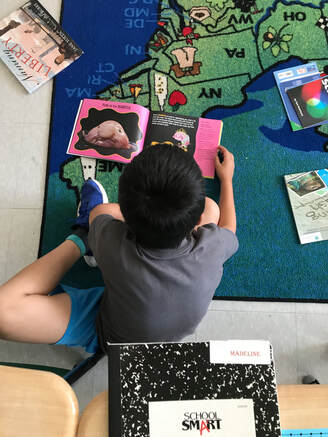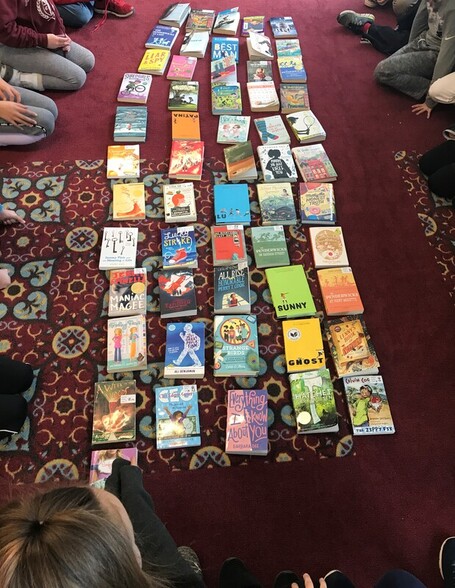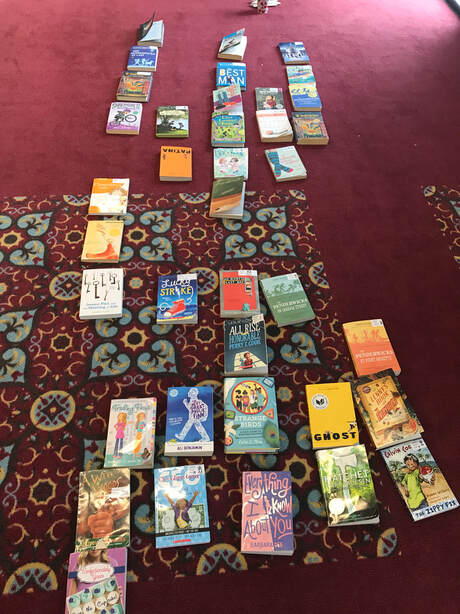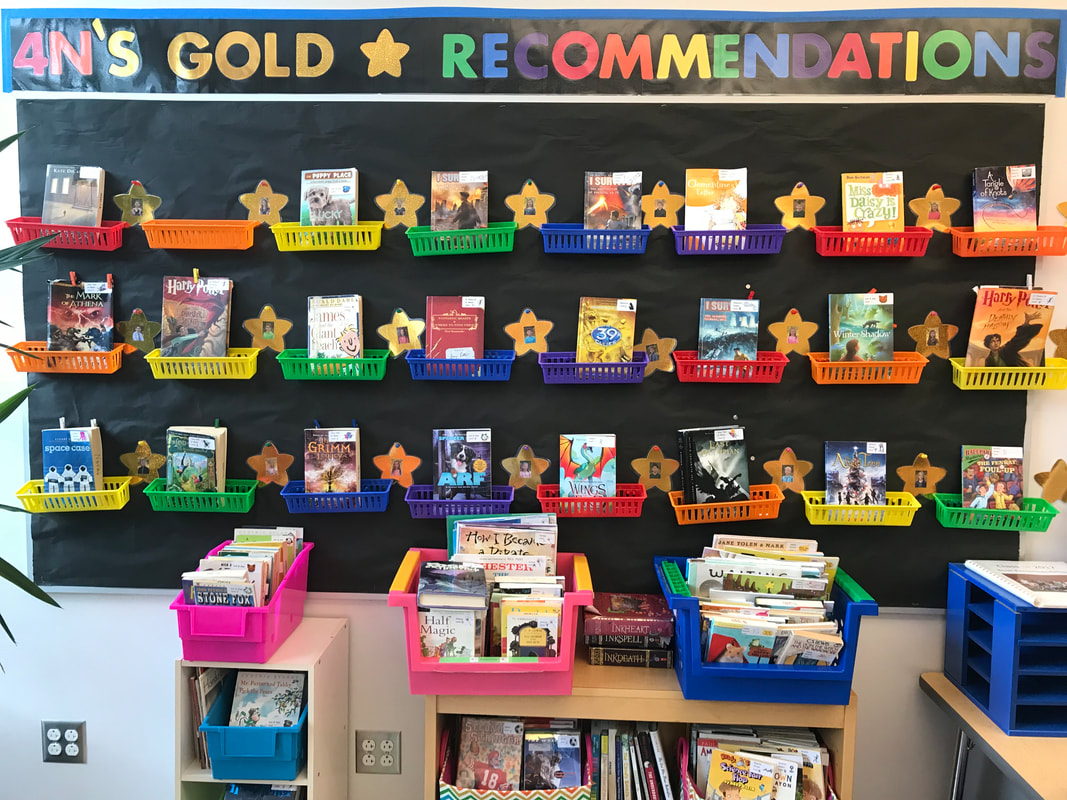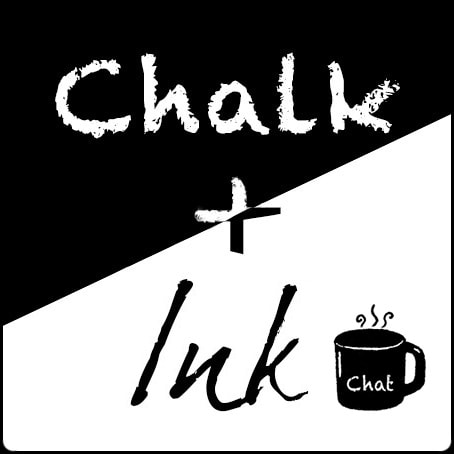|
Funny how the mind works. I sat down to write today’s post about writing walks and thought, I better reread my post on book walks before I start to write my post on writing walks. Then I scrolled through all of my fall and winter posts and realized I never wrote a post about book walks. So, today’s post will be about book walks, and I’ll save the writing walks post for next time. First off, I learned about book walks from the amazing Karina Hirschhorn on Twitter. She’s an elementary school librarian in Maryland. Since I love reading and writing books and I love to walk, I had to find out more information. I reached out to her directly and asked how she used book walks in her library. Then, I thought about how I could modify her process to incorporate book walks into my classroom. Now, on the last Friday of each month, we have a book walk. During my prep, I put aside twelve piles of five books. If we’re in a realistic fiction unit, the books are realistic fiction. If we’re in a nonfiction unit, the books are nonfiction. The books are a mix of books from my classroom and books from our bookroom. If you're looking for a great resource to help you organize your classroom library or your school's bookroom, be sure to check out It's All About the Books by Tammy Mulligan and Clare Landrigan. I include a variety of reading levels and book lengths in each stack. In addition, if I have multiple books by one author, I make sure each pile only has one book by that author. Finally, some books look more appealing than others because they’re either newer or they haven’t been read as much. Too bad I don’t have unlimited funds to constantly restock my classroom library with new books! Anyway, each stack has a mixture of new, slightly used and heavily used books. Before I go any further, I should tell you each child in my class has a number. This tip comes from The First Days of School: How to Be an Effective Teacher and it is the glue that holds my classroom together. So, depending on whose turn it is all the even numbers or all the odd numbered students get to pick a stack of books. I decide who picks their stack first by birthday order. So, this month the February even birthdays will pick first. The even numbers take their stack of books to their reading spots. Then, I assign each odd-numbered student to sit with an even-numbered student. The students get five minutes to look through that stack of books before they rotate to the next student. The students who picked the stack of books, let the visiting student choose which of the five books they want to read together. This is where the magic starts to happen. After a few rounds, the student who picked the original stack of five books begins to hand sell one particular book to each student who rotates through. The sitting student gets more and more excited about a book and tells the visiting student that the book is funny or that it’s about basketball or that it’s written by one of their favorite authors. Meanwhile, the students who are rotating through read ten different books by the end of the walk. They’ve heard why their classmates are excited about certain books, and they’ve had the opportunity to form opinions of their own. When the fifty minutes are up, I take the one or two stacks of books that wasn’t chosen and make one or two rows of five books on our meeting rug. Each of the students who chose a stack of books, makes a row with their books, too. By the time all the books are on the rug, we have a five-by-twelve array of books. Then, I pull sticks to decide who will get to choose a new book for their book bag first. Students bounce up and down hoping that their stick will be pulled. They call out in agony as their peers choose the book they wanted. This means they’ll have to go for their second or third or fourth choice. But in the end, twenty-one books are chosen and thirty-nine books remain on the rug. This means that everyone has plenty of options to choose from. Over the years, I’ve tried various ways to get students interested in books such as a recommendation wall where students display their book of choice in a basket and recommendation binders where students write book recommendations after finishing a book. Book walks beat these other methods hands-down. There’s no work on the teacher’s side (like proofreading and printing writing) other than creating the book stacks, which for me is tons of fun. More importantly, the students’ excitement is palpable.
If you’ve never tried a book walk, try it. Leave a comment and let me know how it goes.
0 Comments
Leave a Reply. |
Chalk + Ink ChatsWant to hang out with teachers who write and writers who teach? Fill this form to join our Archives
October 2023
Categories |
